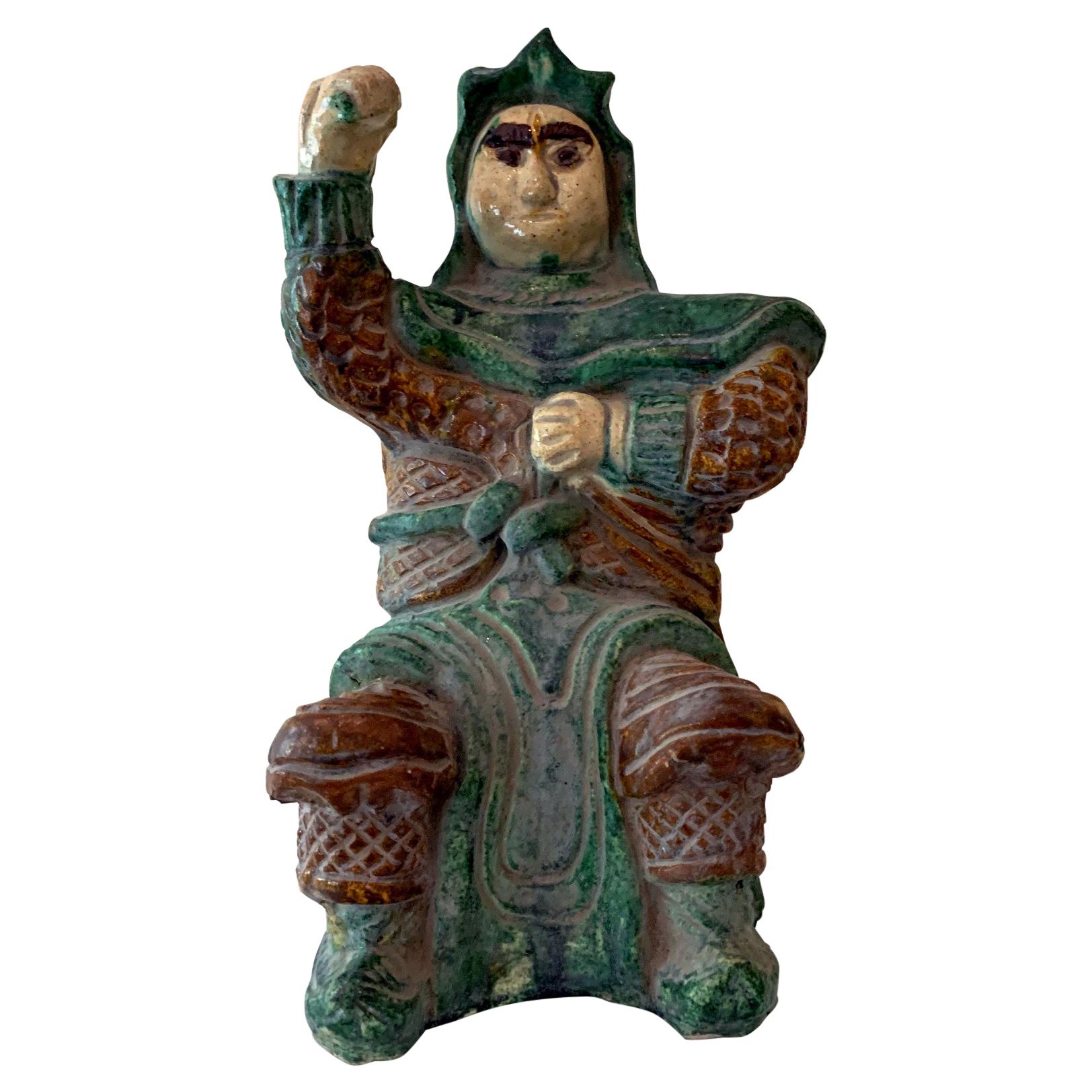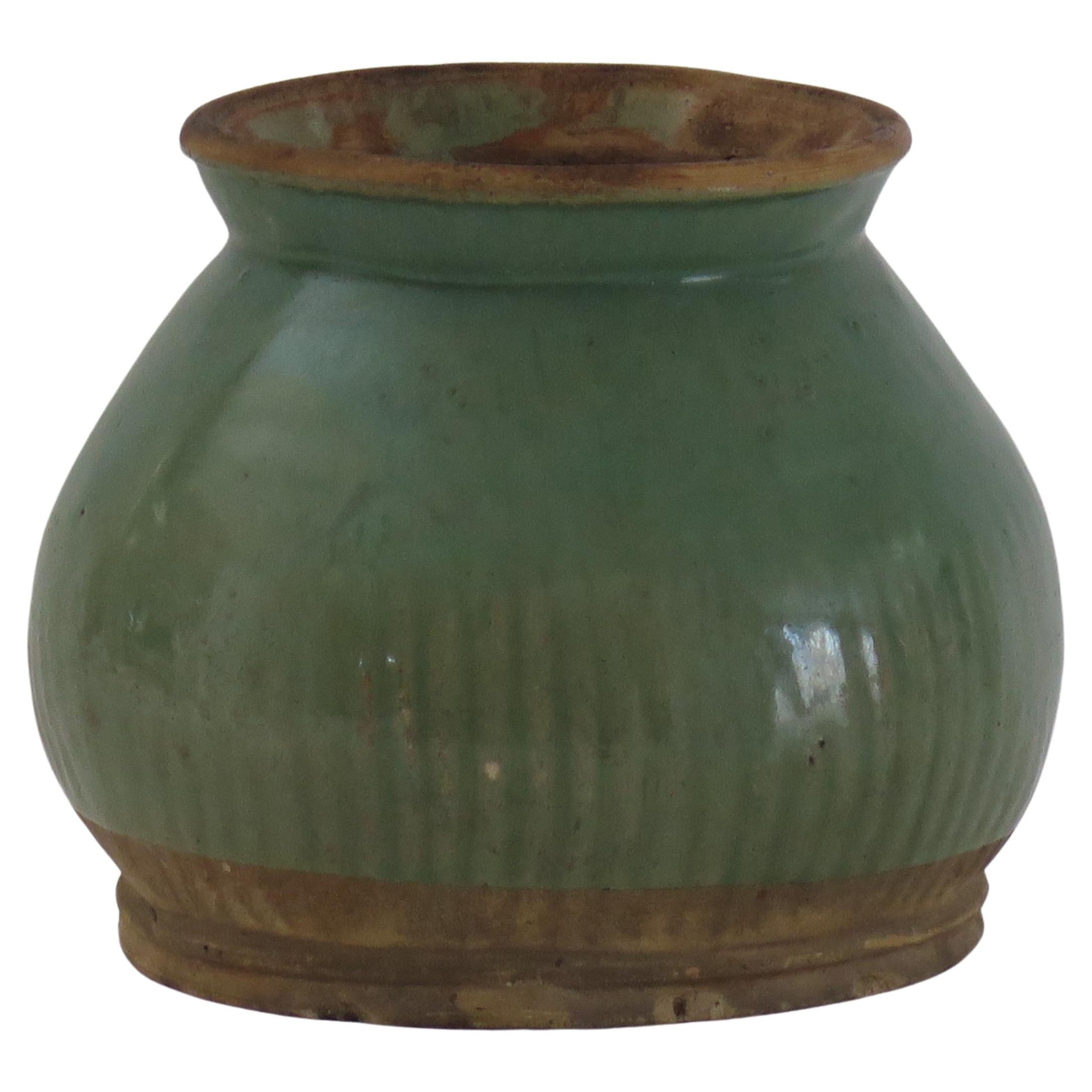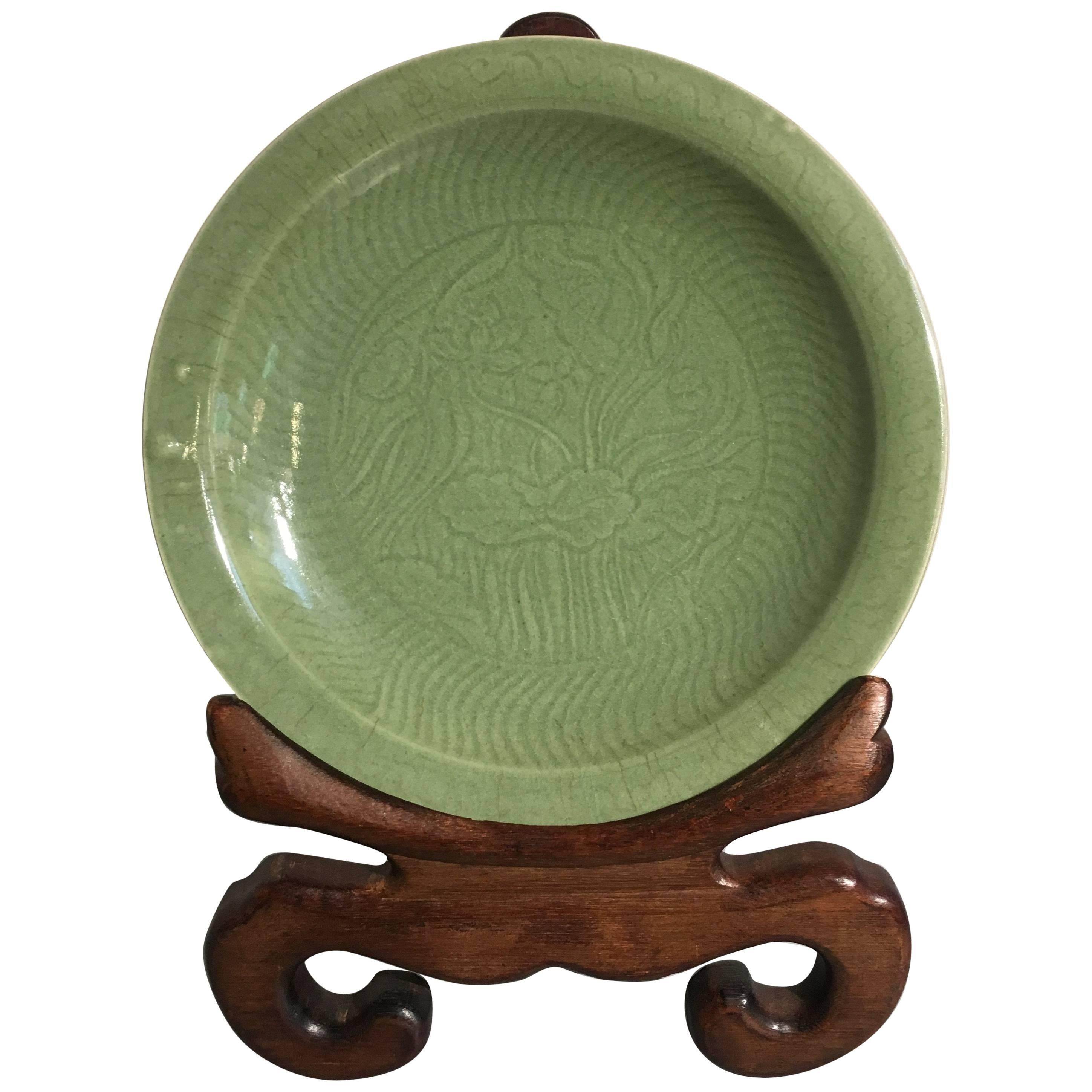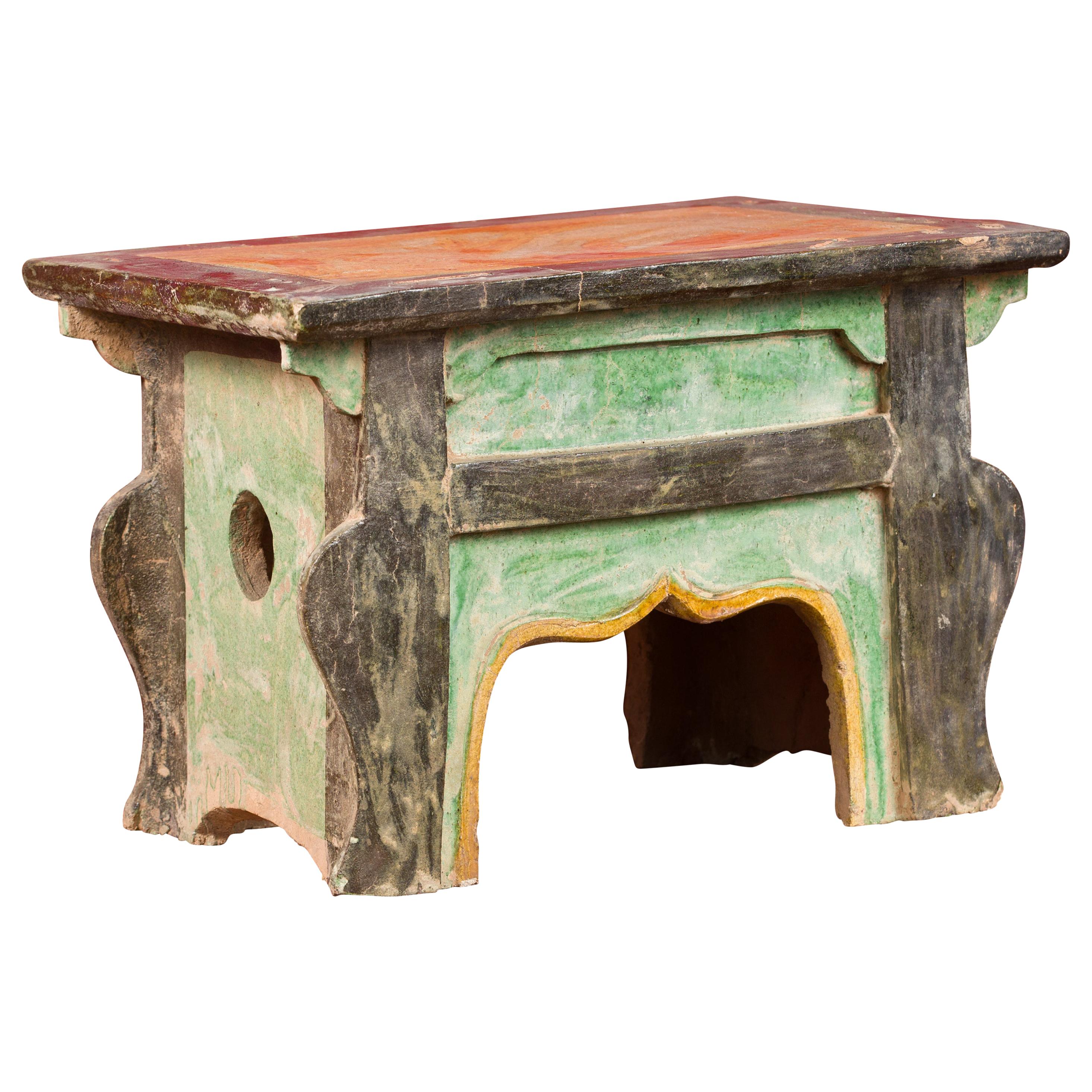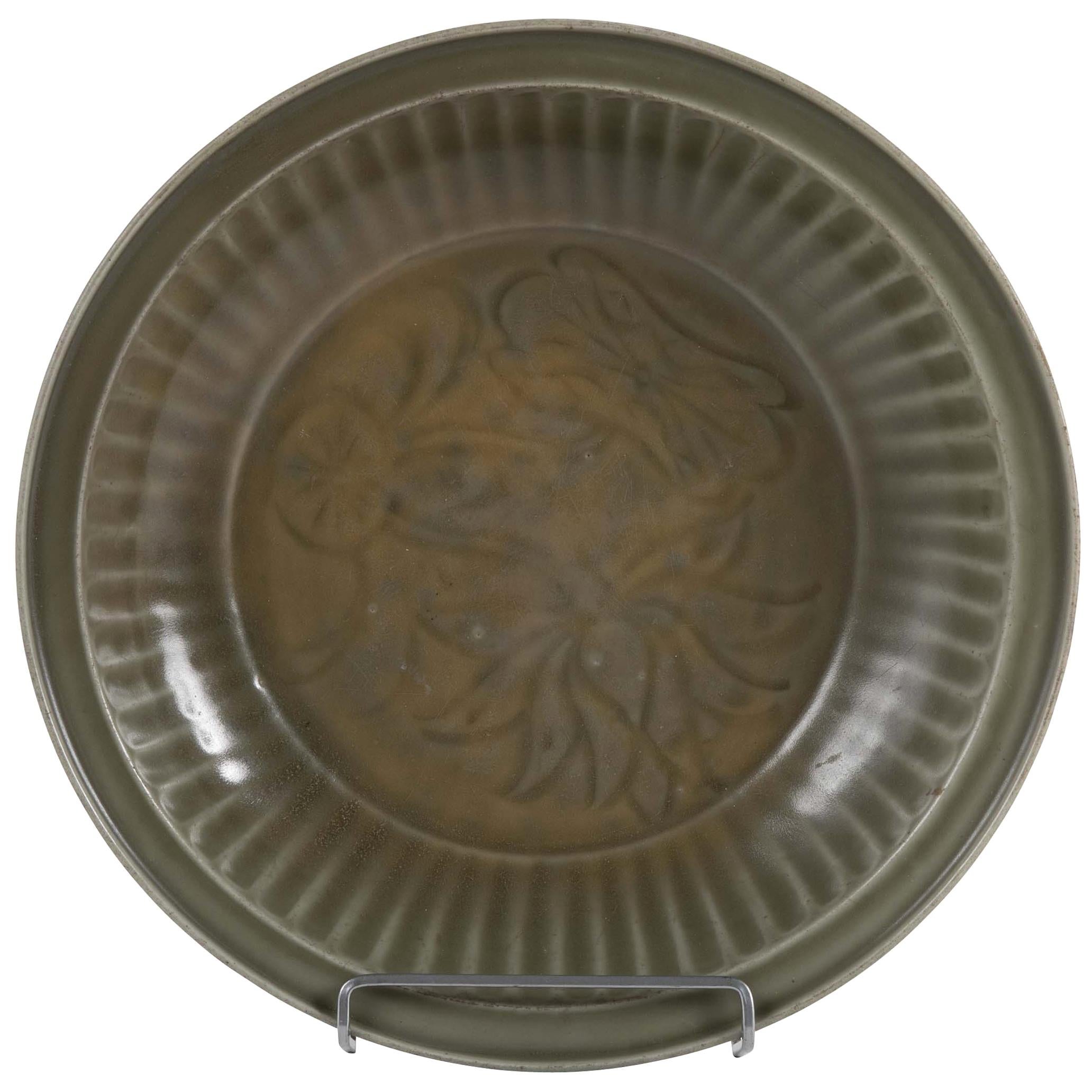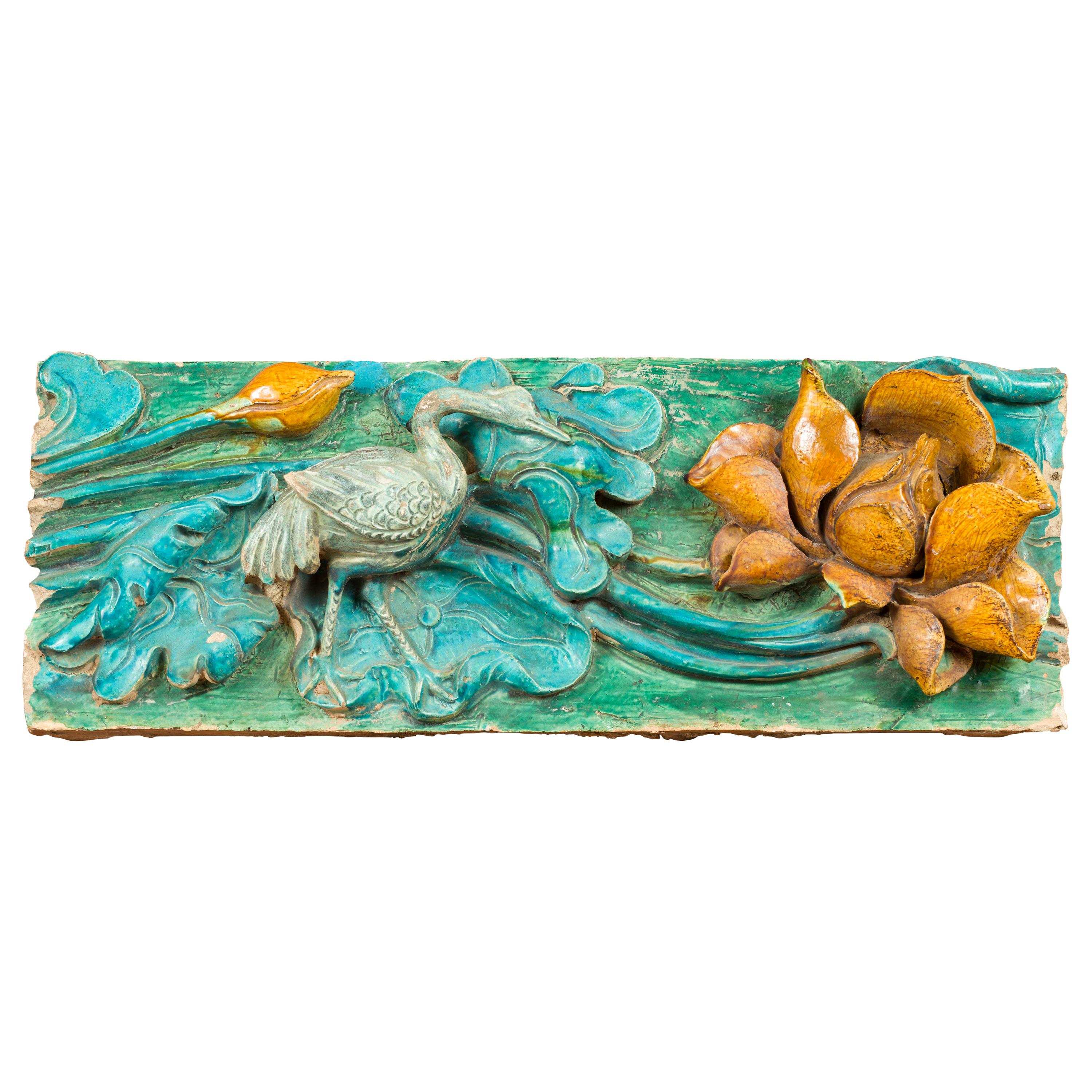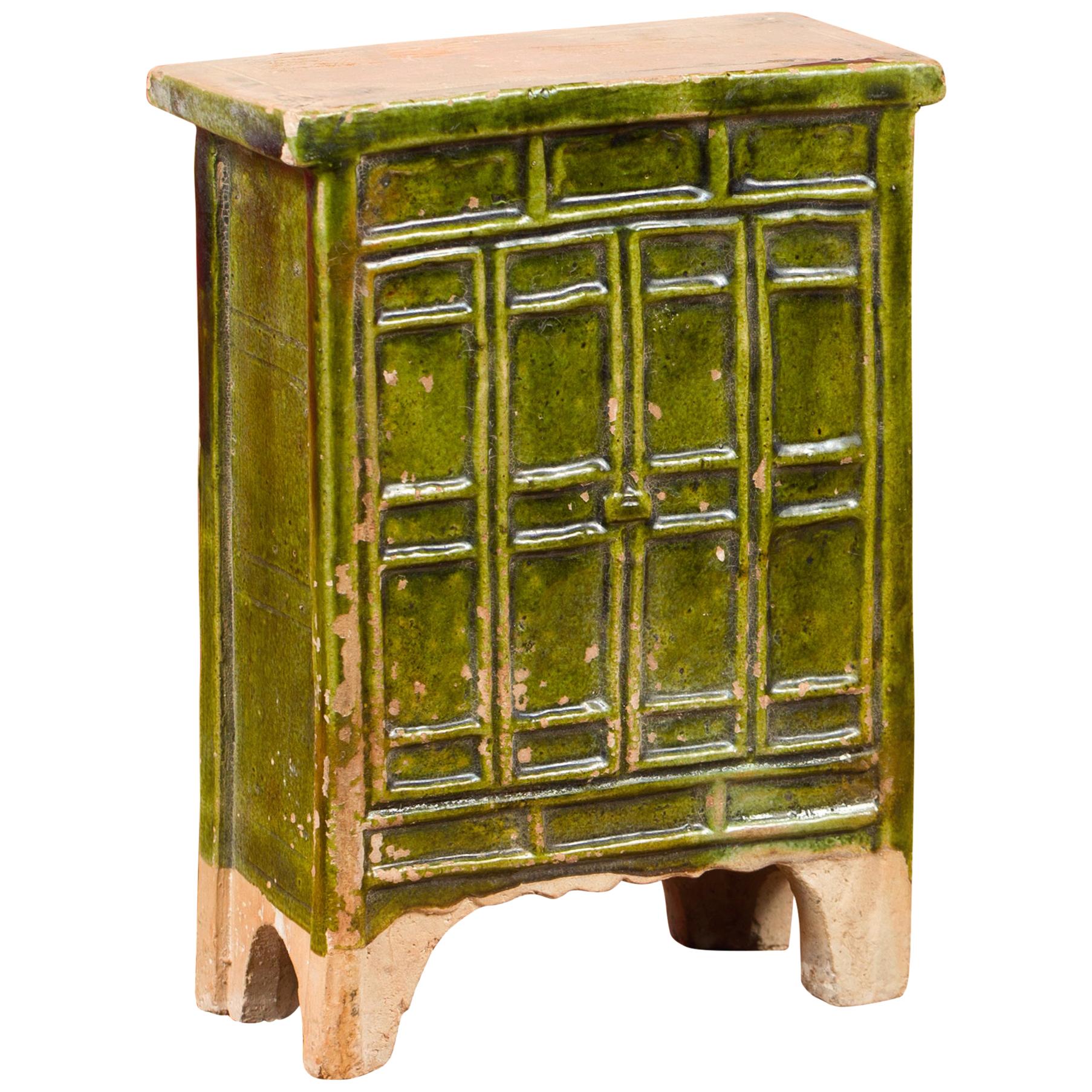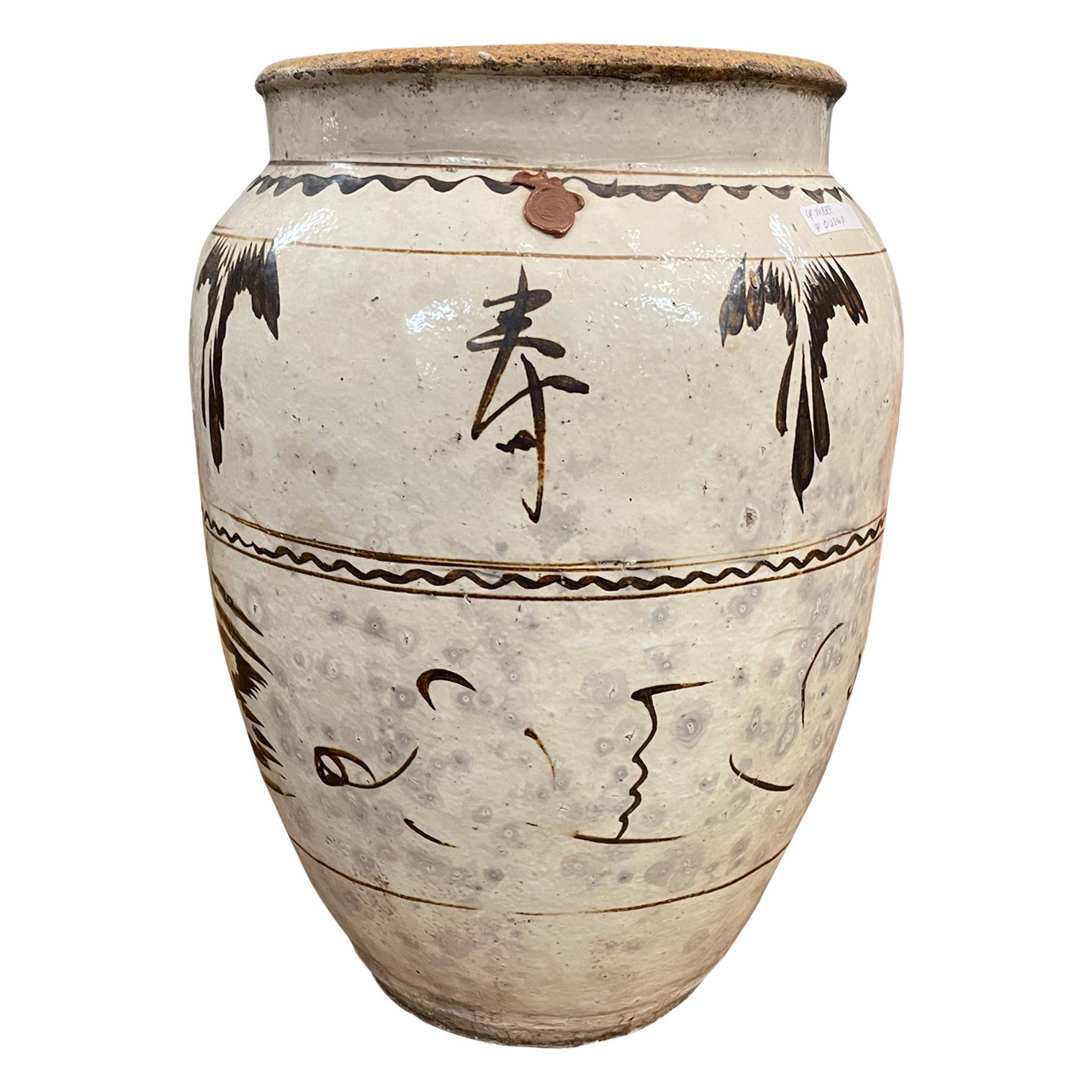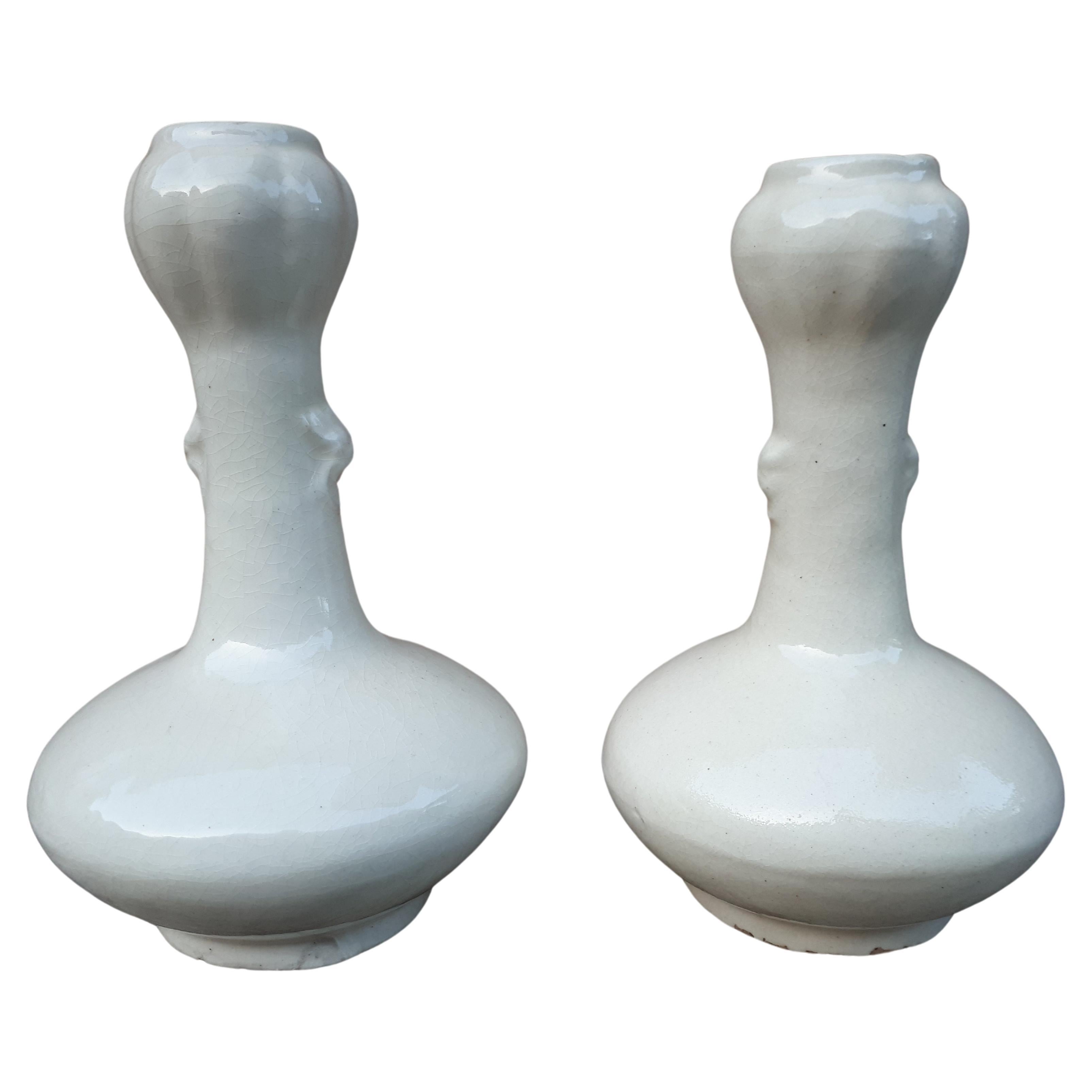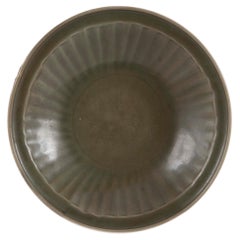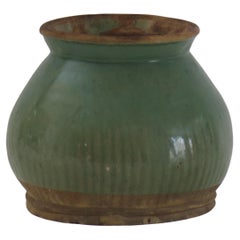
Ancient China Hand Glazed Female Equestrian Horse Rider Ming Dynasty, 1500
View Similar Items
Want more images or videos?
Request additional images or videos from the seller
1 of 11
Ancient China Hand Glazed Female Equestrian Horse Rider Ming Dynasty, 1500
About the Item
- Dimensions:Height: 14.5 in (36.83 cm)Width: 12 in (30.48 cm)Depth: 5 in (12.7 cm)
- Style:Ming (Of the Period)
- Materials and Techniques:
- Place of Origin:
- Period:
- Date of Manufacture:1500
- Condition:Wear consistent with age and use.
- Seller Location:South Burlington, VT
- Reference Number:1stDibs: LU128926818193
About the Seller
5.0
Platinum Seller
These expertly vetted sellers are 1stDibs' most experienced sellers and are rated highest by our customers.
Established in 1990
1stDibs seller since 2015
2,205 sales on 1stDibs
Typical response time: 1 hour
More From This SellerView All
- Important Ancient Chinese Effigy Pug Dog, Ming Dynasty 1368-1644Located in South Burlington, VTChina, a carving of a canine “Pug”, Ming Dynasty, 1368-1644 CE Dimensions: 38 cm, 15” High Photographs taken indoors and out of doors for your viewing pleasure. The hand carved limestone beast shown on its haunches with naturalistic joyful expression and a well defined compact head, ears, noes, eyes, feet, and tail parted to one side on reverse with distinctive collar ornament seated four square on a thick base all-over showing a weathered surface from significant age. Formerly exhibited “Asia Week” New York City, Fuller Building, Hutton Gallery 2006. Provenance: ex collection luoyang, Henan Province, China. Includes custom display base as shown Catalog reference: 35 years collecting 35 treasures, Number 35, p.76 (photo) In ancient China, it is a well-known fact that several types of small dogs were bred and were favored pet gifts between emperors and kings including Lion Dogs, Pekingese and Lo-sze breeds. Some Lo-sze are pictured wearing collars with bells a frequent combination fancied by European royalty of the seventeenth and eighteenth centuries. Lo-sze or pugs were prized for their compact body, good bones, flat face, square jaw, short coat, curled tail, side set back ears, and temperate disposition. History: Placing stone animals in important tombs can be traced back at least to the Qin Dynasty (221-206 BCE), some two thousand years ago. In ancient times, stone animals and human figures placed before imperial tombs symbolized royal power and privilege in addition to decorative functions. The first Ming tomb...Category
Antique 15th Century and Earlier Chinese Ming Sculptures and Carvings
MaterialsLimestone
- Chinese Vintage Pair Richly Hand-Glazed Leaf Garden StoolsLocated in South Burlington, VTAn attractive Chinese pair (2) of richly crackle glazed garden stools (garden seats), ornately black hand painted with a handsome leaf design . Beautifully executed and ready for y...Category
Late 20th Century Chinese Ceramics
MaterialsCeramic
- China Antique Pair "Spirit Path" Horse Sculptures, Ming Dynasty 500 Years OldLocated in South Burlington, VTChina, a monumental pair (2) of 500 year old lime stone “Spirit Path” Equine horse head sculptures. Ming dynasty, (1368-1644 CE). A pair of near life size and robust head sections with fine, wavy combed manes, well defined mouths, ears, nostrils, and ornamental bridles, all carved in a medium to dark gray limestone with considerable weathering to surfaces. The smaller head with a later inscription on bottom and signed “Zhuang”. Formerly exhibited “Treasures from Asia”, Shelburne Vermont, Shelburne Art Center, 2006. Originally found in the vicinity of the village of Chuan near Luoyang City, Henan Provance, China. Each mounted on a custom iron display stand. Dimensions: A the smaller 32.5cm, 13” high and 62.5cm, 25” in length and with display stand, 60cm, 24” high; b the larger 37.5cm, 15” high and 67.5cm, 27” in length and with display stand 65cm, 26” high. Please view additional photographs from our Chinese antiquities catalog 35 Years Collecting 35 Treasures, page 60. History: Placing stone animals and human figures along spirit paths in front of important tombs can be traced back at least to the Qin Dynasty (221-206 BCE), some two thousand years ago. In ancient times, stone animals and human figures placed before imperial tombs symbolized royal power and privilege in addition to decorative functions. Life size “spirit path” stone horse sculptures are known and can be viewed from Ming dynasty tombs including thirteen imperial tombs of the Ming Dynasty scattered over an area of forty square kilometers in Changping District to the northwest of Beijing. The first Ming tomb...Category
Antique 16th Century Chinese Ming Statues
MaterialsLimestone
$28,000 Sale Price41% Off - Japanese Tea Bowl Flying Bats & Good Fortune Hand-Built Hand GlazedLocated in South Burlington, VTMint condition From Japan, a hard to find and unusual hand-built, painted and glazed tea bowl featuring "flying bats" - signs of good fortune, created over thirty years ago. A stunn...Category
Late 20th Century Japanese Showa Ceramics
MaterialsCeramic, Pottery
- Japanese Fine Large Rooster And Birds Tea Bowl, Hand-Built and Hand GlazedLocated in South Burlington, VTMint Kyo ware bowl From Japan, a beautiful hand-built, painted and glazed, Kyo ware large bowl or large tea bowl with a proud rooster and birds motif created in the 1930s.- over se...Category
Vintage 1930s Japanese Showa Ceramics
MaterialsCeramic, Pottery
- China Ancient Stone Entertainer, Han Dynasty 200 ADLocated in South Burlington, VTChina an ancient limestone figure of an Entertainer replete with hands holding tambourines and a top a drum, -for the afterlife- , Han dynasty 206 BC...Category
Antique 15th Century and Earlier Chinese Han Sculptures and Carvings
MaterialsLimestone
You May Also Like
- Ming Dynasty Celadon Glazed ChargerLocated in Stamford, CTMing dynasty celadon glazed charger having fluted interior with plain well center.Category
Antique Mid-17th Century Chinese Ming Ceramics
MaterialsCeramic
- Chinese Ceramic Glazed Guardian Ming DynastyLocated in Atlanta, GAA stoneware figure depicting a seated armored warrior with a striking pose circa 15th-17th century. He is likely one of the four heavenly kings, th...Category
Antique 16th Century Chinese Ming Ceramics
MaterialsStoneware
- Chinese Stoneware Jar Celadon fluted detail, Ming Dynasty 14th to 16th CenturyLocated in Lincoln, LincolnshireThis is a very old interesting provincial Chinese stoneware Celadon Jar, probably Longquan, with fluted or ribbed decoration, which we date to the Ming Dynasty, between the 14th and 16th Centuries. The Jar has an interesting circular baluster shape with an open everted rim and low foot. It has been decorated with moulded vertical flutes or ribs to its lower half. The base is concave and fairly deep. The Jar has a mossy-olive green colour having a celadon glaze which runs from the base to the upper rim as it would have been glazed upside down, with some glaze around the top section of the inner rim. Unglazed parts fire to a terracotta brown colour at the rim, lower body and the foot rim. The piece is unmarked but for similar pieces see the superb book: Chinese Ceramics by He Li published by Thames & Hudson, 1996; pages 164 to 184. NOTES Longquan is a city in South west China. These wares were produced over a long time period from 959 to 1550; which covers the Northern Song...Category
Antique 15th Century and Earlier Chinese Ming Ceramics
MaterialsStoneware
- Chinese Export Stoneware Bowl Longquan Celadon, Early Ming Dynasty Circa 1400Located in Lincoln, LincolnshireThis is a very old interesting Chinese Export stoneware Longquan Celadon bowl, which we date to the early Ming or later Yuan Dynasty, circa 14...Category
Antique 15th Century and Earlier Chinese Chinese Export Ceramics
MaterialsStoneware
- Chinese Celadon Glazed Lotus Charger, Qing Dynasty, 18th CenturyLocated in Austin, TXA sublime Chinese celadon glazed shallow dish or charger, Qing Dynasty, mid 18th century, China. Beautifully glazed, with a carved decoration of a group of lotus, leaves, stalks and blossoms. The interior wall with radiating S-shaped lines, a motif that is repeated on the wide rim of the dish. The back undecorated. Glazed all-over with an even bright celadon glaze, with some attractive areas of crackle. Ex. Butterfield's, San Francisco. Plate stand for display...Category
Antique Mid-18th Century Chinese Qing Ceramics
MaterialsPorcelain
- Chinese Ming Dynasty Martaban JarLocated in Hoddesdon, GBChinese Ming Dynasty 1368 - 1644 Martaban Jar . Dates to the early Ming period . High neck and wide shoulders , brown slip glaze , unglazed base , loop-handles. rolled lipped rim ty...Category
Antique 17th Century Chinese Ming Ceramics
MaterialsClay
Recently Viewed
View AllMore Ways To Browse
Han Dynasty Horse
Han Dynasty Ceramics
Chinese Horse Ceramic
Horse Ming Dynasty
Dress Yellow Chinese
Antique Horse Bridle
Tomb Horse
Green Horse Pottery
Pottery Horse Head
Horse Clutch
Yuan Ming
Equestrian China
Woman Ceramic Figurine
Ceramic Sculpture Black Seated
Equestrian Group
Antique Chinese Horse Sculpture
Chinese Woman Figure
Red Ceramic Horse

